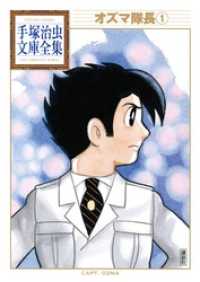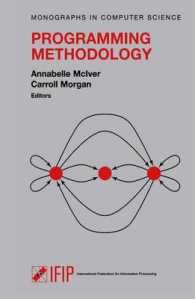Full Description
This is a practical and patient-complaint focused handbook, directed to motivate non-sleep experts and beginners in sleep medicine and technology. This book provides a basic review of the area of sleep, identifies some common patient presentations and illustrates the types of investigations that should be requested. With sleep and breathing problems being so common and affecting many other chronic clinical conditions, it is important that primary care and other general physicians as well as allied health practitioners have a greater appreciation of this area. This text is a valuable "go-to" handbook for the occasional "sleep" practitioner to refer to.
Key Features:
• Contains specially packaged with Specific Learning Objectives to each chapter followed by self-assessment questions, case scenarios, basic sleep monitoring techniques in detail with sample reports.
• Provides direction to health care professionals who encounter patients with sleep and breathing disorders in their practice.
• Uses algorithms and concept maps for dealing with specific symptoms.
Contents
Preface. About the Editors. Contributors. BASICS FIRST. Basic Physiology of Sleep. Physiology of Circadian Rhythm. Physiological Changes during Sleep. Respiratory Physiology: Simple Science of CPAP and PAP Devices Explained. Drugs That Affect Sleep. WHAT DOES ONE DO IF THE PATIENT COMPLAINS OF SLEEP PROBLEMS?. Does the Patient Go to Bed on Time at Night and Can't Sleep?. Does the Patient Snore? Does the Patient Stop Breathing at Times during Sleep?. Does the Patient Have Excessive Daytime Sleepiness?. Does the Patient Have Abnormal Movements at Night?. Does the Patient have Pain, Headaches, High Blood Pressure, Diabetes, Stroke, Ventilation or Cardiac Disorders, or Other Problems?. Is There a Complaint of Depression, Anxiety, Stress, etc.?. Is the Patient a Child? Is the Patient Pregnant? Other Special Cases. Is the Patient Not Sleeping on Time?. Broad Approach to Common Case Scenarios with Complaints of Sleep. HOW DO I INVESTIGATE THE PATIENT? (ASSESSMENT AND MONITORING). Basic Structure of Sleep Interview. Questionnaires. Use of a Sleep Diary. Actigraphy: Indications, Procedure Do's and Don'ts, Sample Report. Home Sleep Apnea Testing. Polysomnography I: Detail with Indications, Hookup Procedure, Do's and Don'ts. Polysomnography II: Sample Reports with Explanation of Various Terminologies. WHAT SHOULD I DO NOW? (MANAGEMENT). Sleep Hygiene Principles and Nonpharmacological Interventions including Light Therapy. Identifying the Need for Counselling. Pharmacological Agents Used in Various Sleep Disorders. Simple Positional Devices, Dental Appliances. Titration Protocols, Continuous Positive Airway Pressure (CPAP), and Other PAP Devices. SELF-ASSESSMENT. Chapter-Based Assessment. Index.








